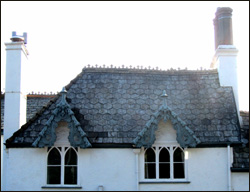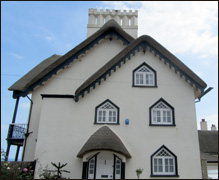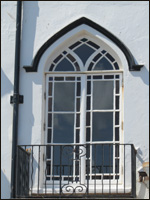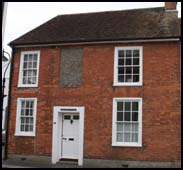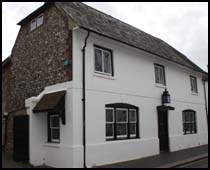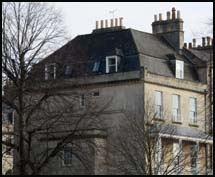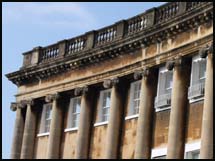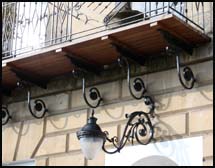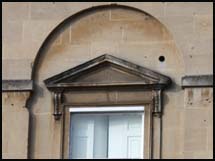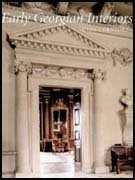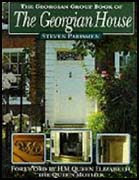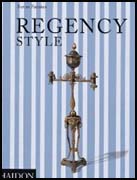|
Period
House Style: Georgian and Regency Period
|
||||||||||||||||||||||||||||||||
The heyday of Georgian architecture was between 1730 and 1800, when Inigo Jones, Sir John Soane, Robert Adam, John Nash and John Wood pioneered the classically inspired Palladian style, which combined symmetry, simplicity and elegance. Nick Lloyd Jones The Independent Robert Adam(1728-1792) was a Scottish architect who was involved in the designing and building of many important buildings. Adams moved away from the popular Palladian style, which was a strict following of the Ancient Roman architecture. Instead he experimented and developed a neoclassical style. Influenced by Greek, Byzantine and Italian Baroque styles, Adams designed every detail of his building including the interiors with furniture to ornaments. His classical motifs can be still seen today with swags and ribbons and Adam style fireplaces. Towards the end of the Regency period and a result of the Picturesque Movement the Cottage Orne style became fashionable. Recognisable by it rustic romantic features such as thatched roofs and heavily decorated timber features
Cottage Orne
The Georgians had a fascination with the medieval period and it became popular to 'gothicise' their homes. They added pointed arches, rib vaulting, decorative corbels and stained glass.
Regency home built in 1790 and Gothicised in 1826
Interiors Thomas Chippendale(1718 - 1779) was a cabinet maker and interior designer. He was commissioned to design furniture for many large houses and collaborated with Robert Adams. Chippendale published his furniture designs in The Gentleman and Cabinet Maker's Director. George Hepplewhite(1727- 1786) was a cabinet and chair maker. His wife published his original designs in The Cabinet Maker and Upholsterers Guide in 1788. The neoclassical Hepplewhite style is most recognised by his shield back chair, made of delicate contrasting veneers, a slender balanced design with uncarved tapered legs.
Images of older timber framed houses with Georgian brick fronts. 1 - 3 Double fronted brick or flint faced
Images of Georgian period detail 1 Double pile house with two low pitched roofs 2 Mansard roof 3 Parapets & Ionic Columns 4 Georgian dentils
5 Window guard 6 Decorative ironwork 7 Stone pediment 8 Blind box & Ionic columns
Links to Articles No. 29 Great George Street: British History The art of ageing gracefully by Hester Lacey: The Independent
More Georgian images on Flickr
Georgian
building in Brighton taken by Fred
Pipes
|
||||||||||||||||||||||||||||||||

